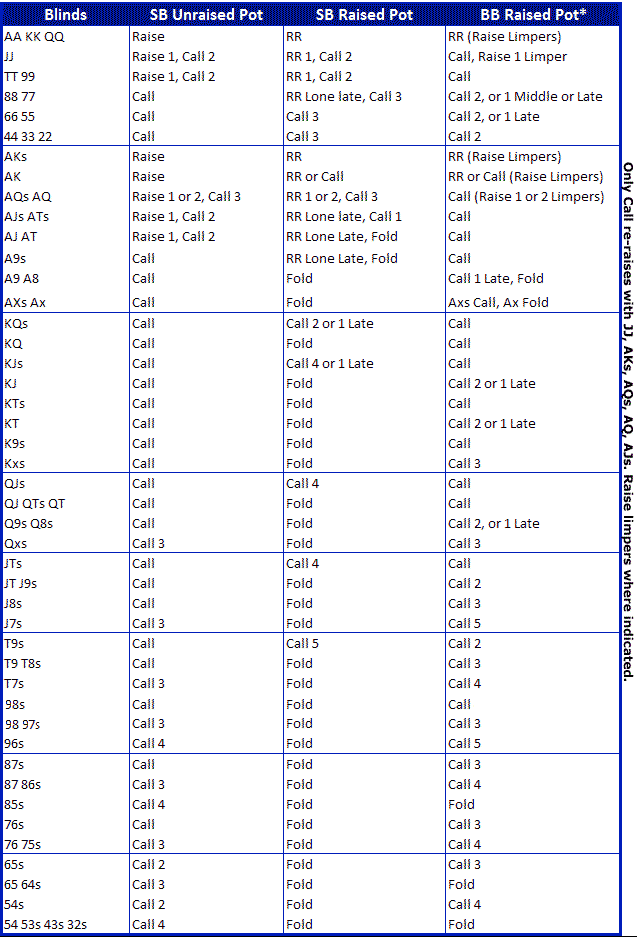Poker Texas Holdem Blinds
In button games, a non-playing dealer normally does the actual dealing. A round disk called the button is used to indicate which player has the dealer position. The player with the button is last to receive cards on the initial deal and has the right of last action after the first betting round. The button moves clockwise after a deal ends to rotate the advantage of last action. One or more blind bets are usually used to stimulate action and initiate play. Blinds are posted before the players look at their cards. Blinds are part of a player's bet, unless the structure of a game or the situation requires part or all of a particular blind to be 'dead.' Dead chips are not part of a player's bet. With two blinds, the small blind is posted by the player immediately clockwise from the button, and the big blind is posted by the player two positions clockwise from the button. With more than two blinds, the small blind is normally to the left of the button (not on it). Action is initiated on the first betting round by the first player to the left of the blinds. On all subsequent betting rounds, the action begins with the first active player to the left of the button.
/Texas_Holdem_Poker_Table_with_Blinds.svg-59e2c56d845b3400111dfb4e.png)
Ignition Poker (play) Blinds are used in Texas Hold ‘Em instead of buying into the ante. Two players in a game of Texas Hold ‘Em put money in the pot without seeing their cards, which is why they are called blinds. There is a big blind and a small blind (half of a big blind).

Poker Texas Holdem Blind Rules

Poker Texas Holdem Blinds Reviews

Blinds and relevant antes are placed, and hole cards are dealt to each player. Poker Poker.com offers free poker games to allow new players to quickly start playing poker with zero risk to their pocket. To practice your poker skills, just login to Poker.com then sit down at one of our free play tables. The Texas Hold Em Poker Tournament Blinds will determine the length of time a particular poker tournament takes to complete. In addition, the poker tournament blind structure provides an important strategic consideration for the style of play best suited to the particular poker tournament.